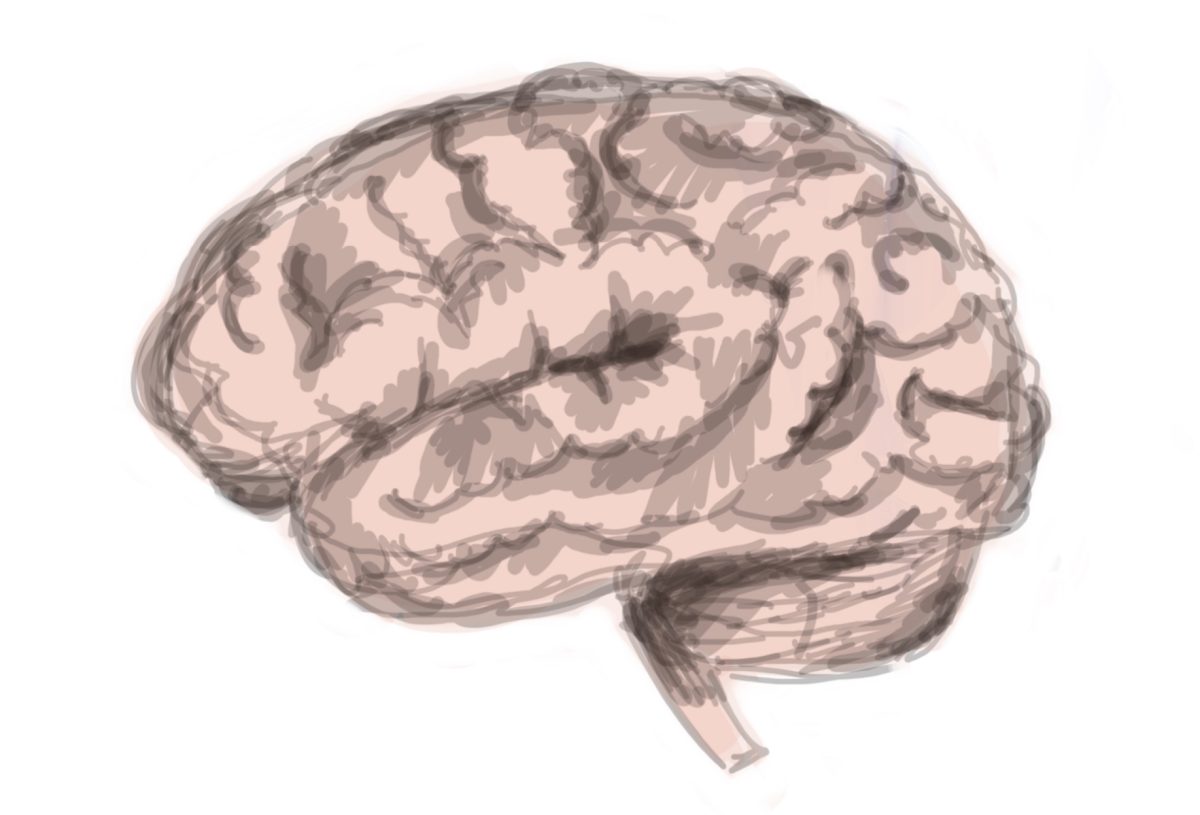Do you make decisions based on logical or emotional reasoning? Would you consider yourself a more analytical or creative person? Which comes more naturally to you: solving a difficult math problem or painting a picturesque landscape?
Depending on your answers to these questions, you may be considered a more “left-brained” or “right-brained” person according to psychobiologist Robert W. Sparry, whose split-brain theory has become a pop culture phenomenon since Sparrry’s research publication “Cerebral Organization and Behavior” in 1961.
Split-Brain Theory
According Sparry’s split-brain theory (also referred to as “brain dominance theory,” “left-brained right-brained theory” and “brain lateralization”), a person’s brain can specialize in either the right or left hemisphere, subsequently determining their intelligence type and personality traits.
As the American Psychological Association (APA) explains, the theory asserts “that people who use the right side of their brains more are more creative, thoughtful and subjective, while those who tap the left side more are more logical, detail-oriented and analytical.”
Inaccuracies in Hemispheric Dominance
Despite hemispheric dominance’s media popularity, AP Psychology teacher Megan McCabe doubts its scientific credibility.
“It’s a pretty common idea, but it’s all a myth. The idea that people are more to one side of the brain than the other is not necessarily psychologically accurate,” she said.
AP psychology teacher Neil Norberg agrees and said that while one hemisphere may specialize in a specific function, such as the left hemisphere being responsible for movement on the right side of the body, both hemispheres perform similar roles.
“Some activities in the brain can be localized,” he explained. “But the idea that someone uses one half of the brain more than the other is really a myth.”
A 2013 neurological study conducted by the University of Utah supports McCabe and Norberg’s agreement, citing that researchers discovered “no relationship that individuals preferentially use their left-brain network or right-brain network more often” across the brain scans of 1,011 study participants between the ages of 7 and 29.
Researchers affirmed that while the brain can, as what Norberg referred to, “localize” some functions in one hemisphere versus another, the brain exhibits no hemispheric dominance.
Recent studies have drawn similar conclusions, including Harvard Health Publishing that evaluated the University of Utah’s research and considers hemispheric dominance terminology “a figure of speech” instead of “an anatomically accurate description.”
“Limiting” Effect on Self-Image
Although the ideas of “left-brained” and “right-brained” can encourage people to explore their learner and social identities, McCabe explained that these terms can cause individuals to categorize and self-constrict themselves, which “limits what they’re potential is.”
According to her, when people avoid activities because they believe it goes against their hemispheric dominance and corresponding intelligence type and personality traits, they “pigeon-hole themselves” when “brains are actually capable of a lot of plasticity.”
“Plasticity,” short for neuroplasticity, refers to the brain’s ability to structurally and functionally adapt as it grows, allowing for humans to acquire new cognitive and physiological abilities while developing existing ones.
Regarding brain dominance theory, neuroplasticity allows people to learn skills and perform well in areas deemed outside their “right-brainedness” or “left-brainedness,” which some people may be unaware of and responsively alter their self-image.
McCabe said, for instance, a person who classifies themself at “right-brained” due to their artistic talents may avoid math out of fear that they’re incapable of succeeding in areas categorized as “left-brained” while neuroplasticity allows the brain to succeed at both activities.
Summary
While “left-brained” and “right-brained” terminology has increased in popularity across mainstream media during recent decades, cultivating an environment for self-exploration and personal connection, it’s based on scientific pretenses and can persuade individuals against participation in activities outside their supposed hemispheric dominance.
As McCabe said, “Both sides of your brain help you.”








